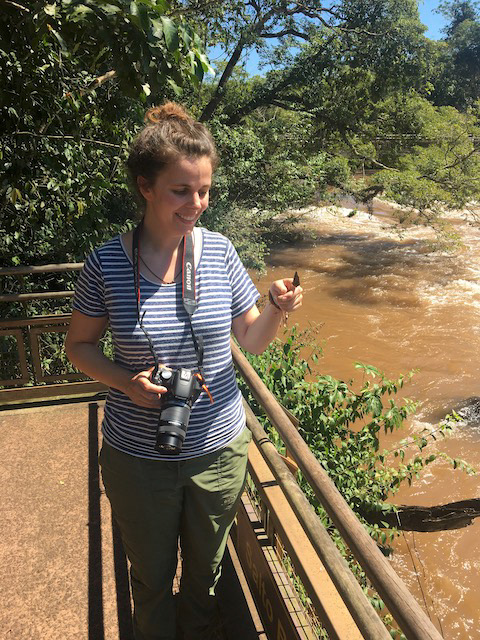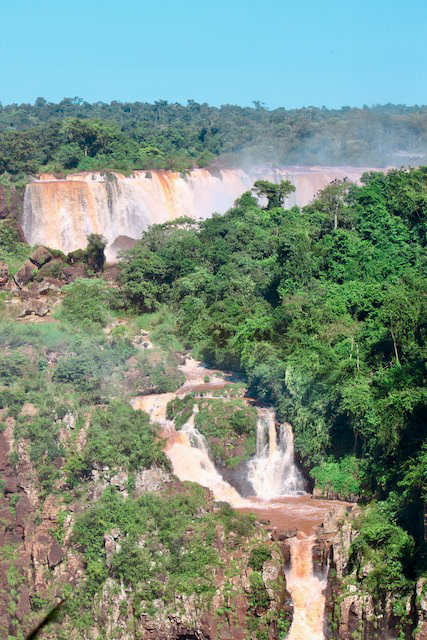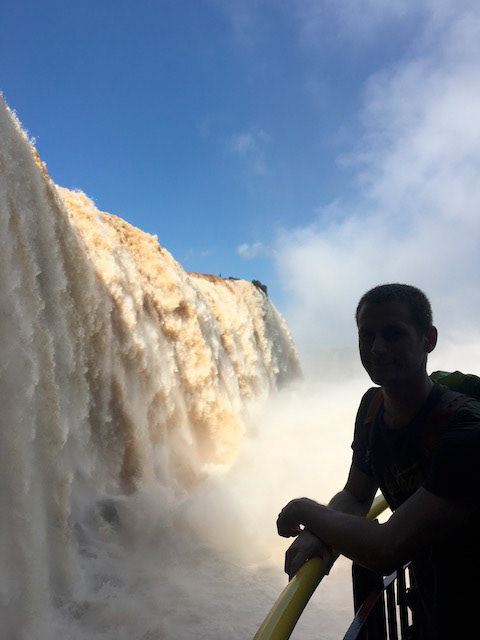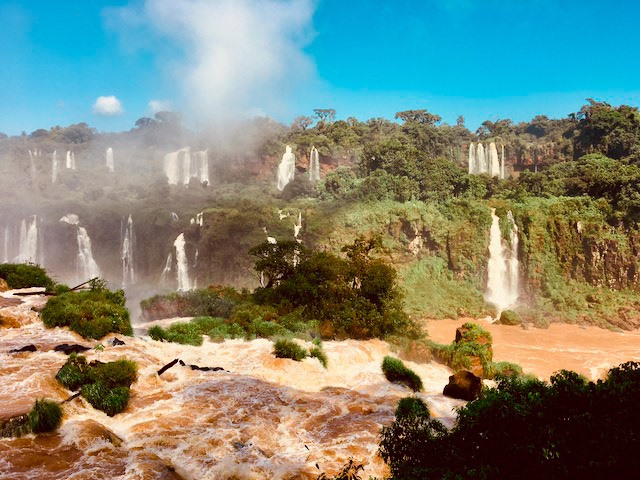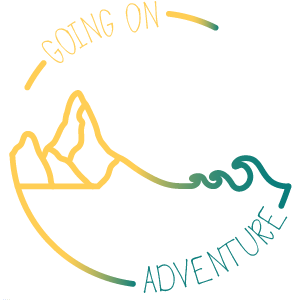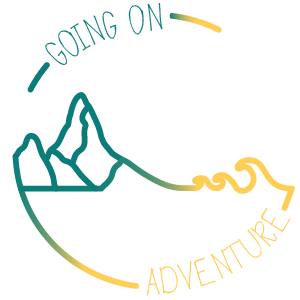Our first big trip that we made was in during easter break in 2018. I dreamed of going to Argentina for years and with Jens as my personal guide it was set to be amazing. And it was! It was my first time in South America, and I was really excited to visit another, for me unknown, continent.
Part 1: Dreaming and planning
Before I start planning a trip I love to read about the country. For me it feels like getting to know the unknown a little bit better. While reading I like to take notes, just on my mobile, of places, activities, food, … that I need to check later while planning. So, for Argentina I read Lonely Planet, National Geographic and a lot of blogs from fellow travelers. I also ordered a useful book about fauna and flora in the region of Salta that would be very useful during our road trip there. Useful if delivered on time… which it was not…it arrived while we were already in Argentina. So yes, planning ahead of time doesn't necessary mean that it will be flawless.
After reading and listening to Jens about his experiences in Argentina I started my wish list with all the things I want to do, see, eat, … Because we only had 2 weeks to discover this big country, we had to choose which regions we wanted to explore. After doing some research about bus hours and flights it became clear that we would focus on the north: Buenos Aires, Iguazu and Salta. We made a rough planning of our 2 weeks, booked some flights and rented a car for our road trip through Salta. The weeks and days leading up to our trip, our wish list got bigger and bigger and I have to say we really made the most of it! We made sure we had a nice place to stay after arriving in Buenos Aires but the rest of the hotels and guesthouses we found along the way. All of our activities we booked and planned once we were in Argentina.
buenos aires
And then, finally, we fly to Argentina! We are well aware of the impact flying has on our environment. But if you want to explore the other side of the earth, flying is what you have to do. Luckily, a lot of airline companies offer green seats. When you book a green seat, you pay a little bit extra to make a donation to an organization that focuses on the environment. If your airline doesn’t give you this option, you can check out the alternatives that we listed in our useful Tips list.
After a 15-hour flight with a connection in Frankfurt we arrived in sunny Buenos Aires. We took the airport bus to the city center and after walking for about 10 minutes we arrived at Art Factory, our hostel for the next days. We dropped our bags in our room and headed straight outside to get us some freshly made empanadas! After devouring some really yummy empanadas we headed for a covered Mercado in the same neighborhood of San Telmo. It was very difficult not to be tempted by all those vintage shops.
Tickets for the local busses and metro lines you buy in a shop or with a guy from the bus company at a bus stop, not on the bus itself, as we were made aware of once we were actually on a bus we actually wanted to take. Once we had our tickets, we went to the most colorful part of Buenos Aires: La Boca.
La Boca, in fact a poor barrio in the northeastern part of the capital of Buenos Aires, is quite popular for only the few colorful streets just south of the fancy pancy neighborhood of Puerto Madero. Once we left the colorful streets behind, we felt a totally different vibe of what is actually the real La Boca. Less colorful, less crowded, more harsh.
And although only a few streets are laid out for tourists to visit, on a sunny day, as today it was, it is really nice to stroll around there. Visiting the shops, sipping a freshly squeezed orange juice bought from a street vendor, we slowly made our way to La Bombonera, the famous home stadium of the local football club, La Boca Juniors.
After being indulged by colors and tango we took a cab to another part of town: Puerto Madero. A new hip and happening place where you can have a cold, refreshing drink in the late afternoon sun and watch people walking down the promenade. The pedestrian area is not only a place where you can wander around, but it is also a popular place to go for a run or do some in-line skating. Didn’t know in-line skating was a thing again.
We finished our first day in Argentina with a local beer, Quilmes, on the rooftop bar of our hostel, looking back on our first day in Buenos Aires and looking forward to the following days.
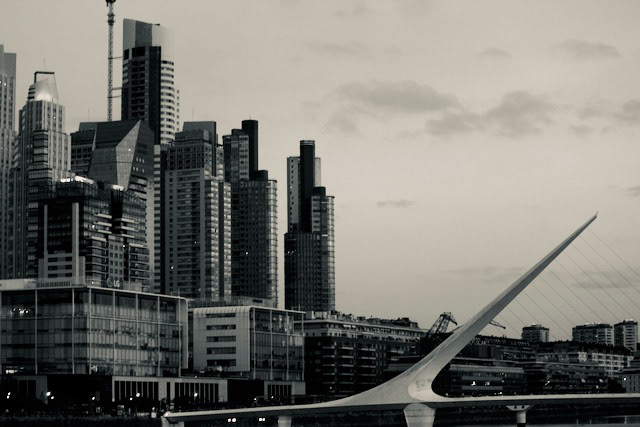



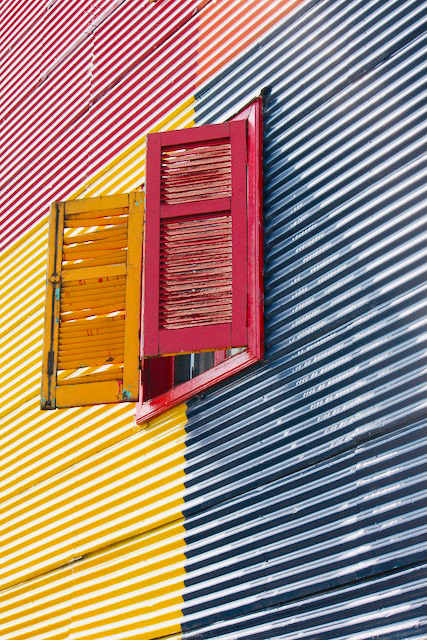
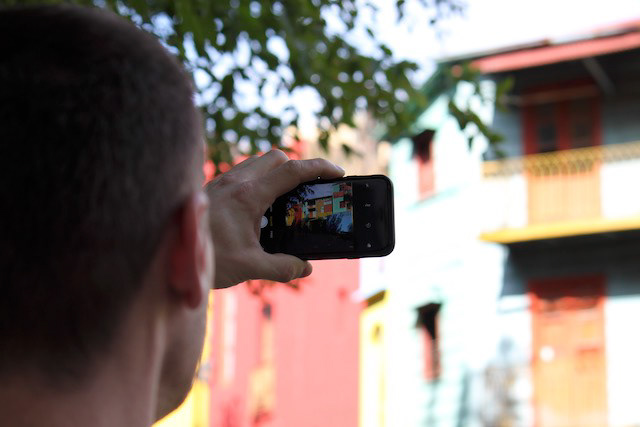
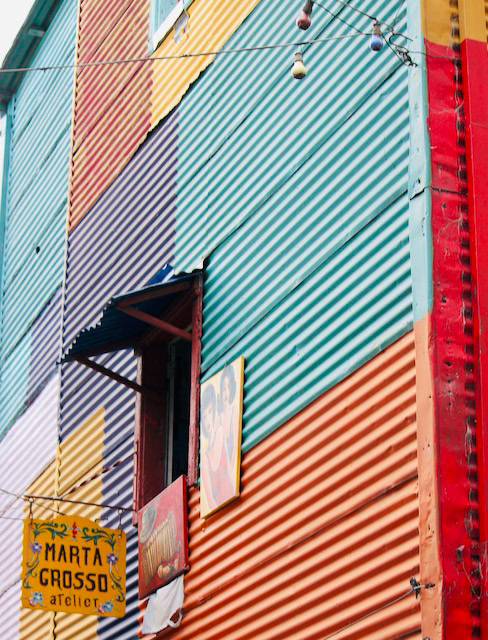
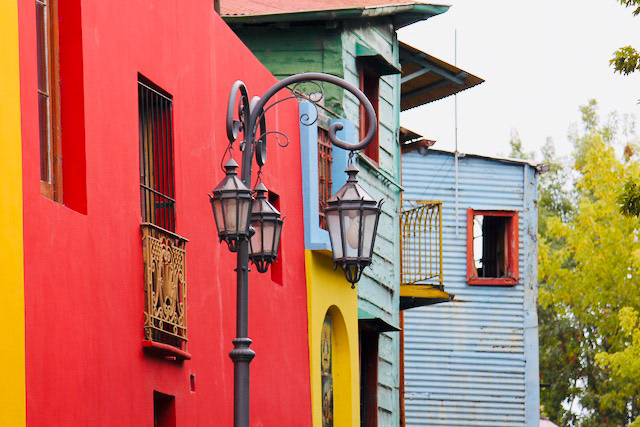
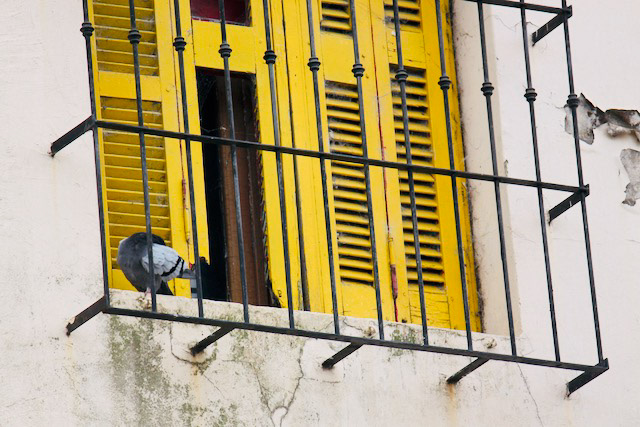

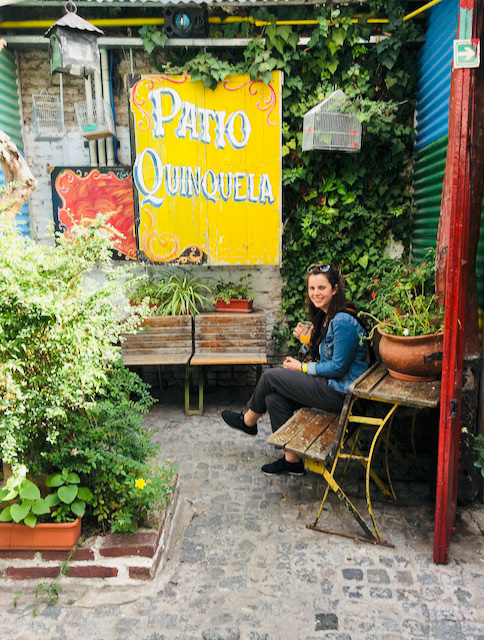

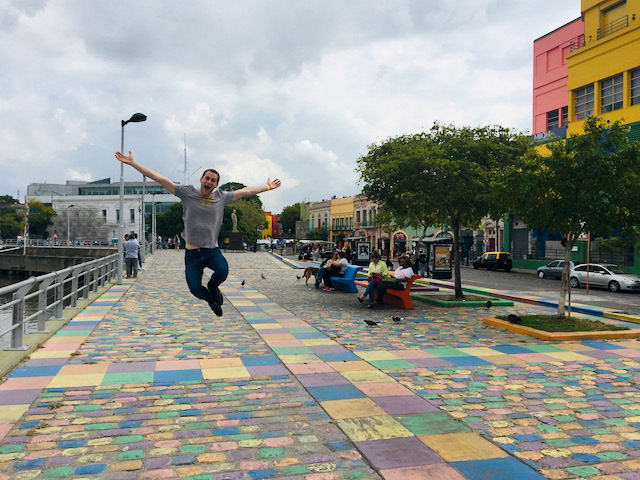
Colonia Del Sacramento
Why visit one country if you can visit two (or three as you will see later on).
We noticed the day before when we were walking around town that you can take a ferry to multiple cities in Uruguay. So when we were drinking a beer we thought, why not check it out! So we checked out the possibilities that Buquebus has to offer and we booked two return tickets to Colonia del Sacramento. A lovely little town in Uruguay that was also recommended by friends. If you’re travelling on a tight budget, taking the Buquebus might not fit your financial plan as it has cost us a bit more than 200 euros for two return tickets. We are still very happy that we took the change of visiting this town, but we would not recommend doing it in one day. If you have more time than us, we would advise to spend a few more days in Uruguay and explore more, like Montevideo, Uruguay’s capital.
In the morning we took a taxi to the ferry stop. We had breakfast in our hostel but after our walk and taxi drive, we got a little bit hungry again. At the ferry stop, there is a small cafeteria where you can buy a little snack and some drinks.
After one hour and 15 minutes we arrived at Colonia del Sacramento, Uruguay. After arriving you first pass through immigration. You go to the desk, show your passport and get your stamp of leaving Argentina. Then you just take 2 steps to the next person at the desk and you get your stamp of entering Uruguay. This was the case for us, with Belgian nationality. Make sure to check in advance if you need anything else than your passport. After getting yet another stamp in our passport we changed some Argentinian peso’s for Uruguayan ones.
Thanks to our good friend, Google Maps, it was not that difficult to find our way in this charming little town. All the highlights are situated in the historical center that you can easily reach on foot. Just go to the right when you exit the ferry port and follow to signalization. The ‘Barrio Histórico’ is designated as Unesco World Heritage Site with highlights like the lighthouse which dates back to the 17th Century.
You enter the barrio histórico by crossing the Portón de Campo, a suspension bridge at the old city gate. If you find yourself in need of some refreshments, as we did because of the hot weather, you can get some ice cream after crossing the bridge.
We really enjoyed our time here. We wandered around and passed and old rail road, the light house, the cathedral, abandoned old timers and a little marina. If you want, you can visit the light house. You pay at the entrance and then you take the stairs all the way up. At the top you have a nice 360° view of the town. We had lunch right across the light house on a sunny terrace, filled with flowers and two friendly kittens. After filling our stomachs with some local food and a fruity cocktail who walked around town a little more before heading back to the ferry and going to Buenos Aires once again.
We finished our day with a real Argentinian dinner: steak and wine! Finger licking delicious, it was. We can only recommend you do the same at La Brigada when you are in Buenos Aires.
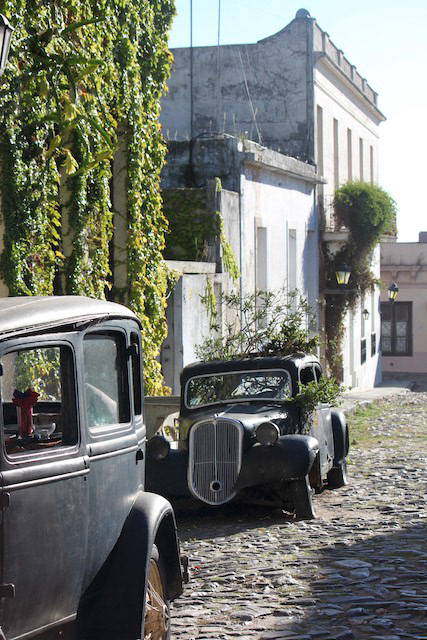
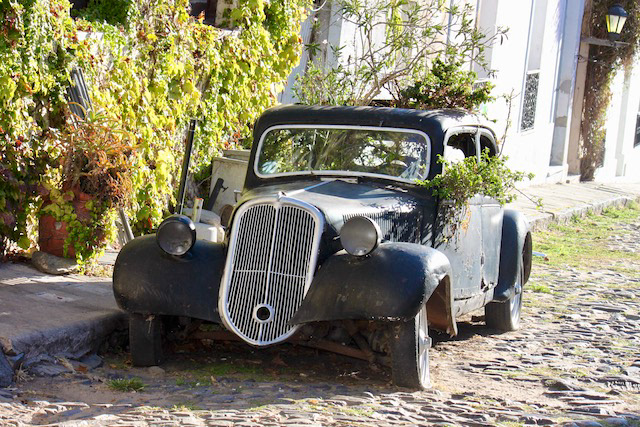
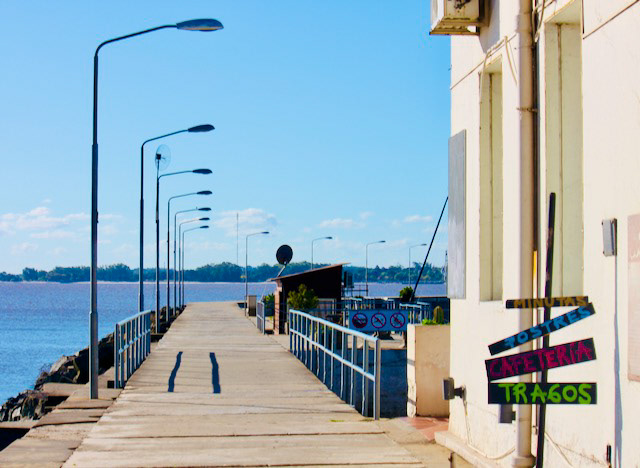
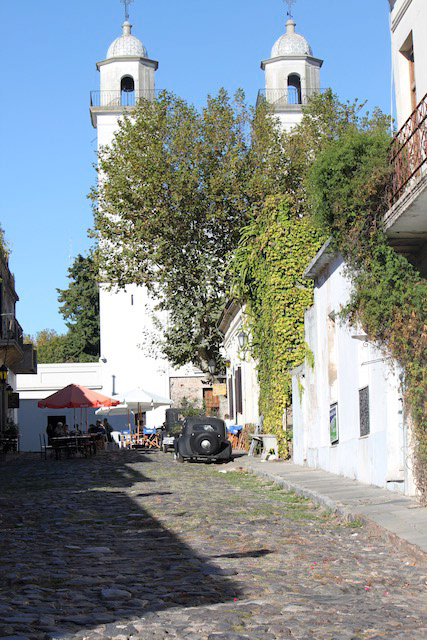
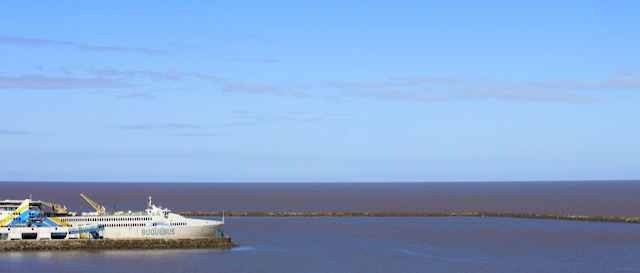
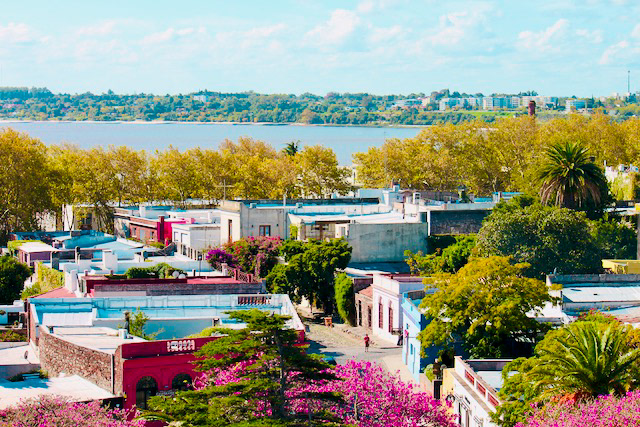

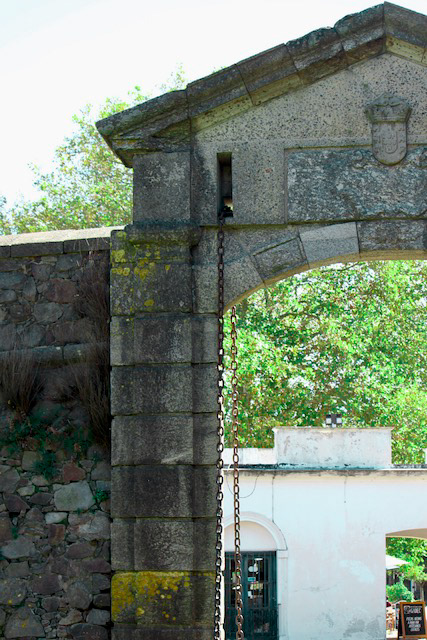

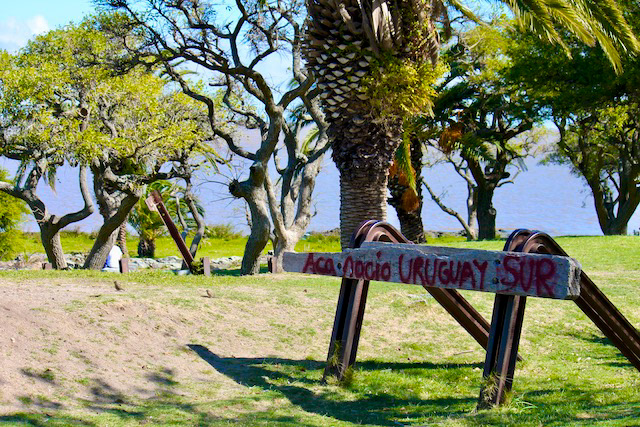
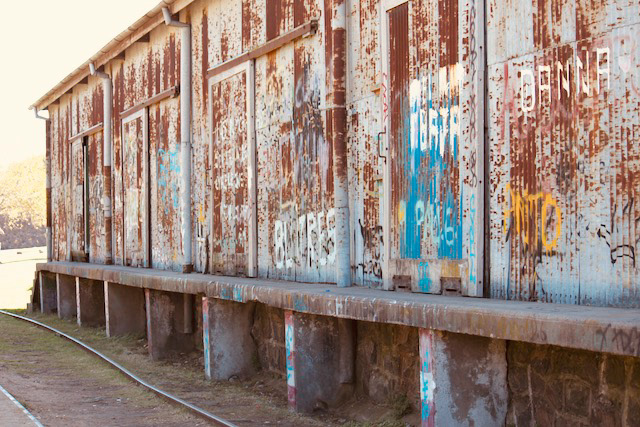
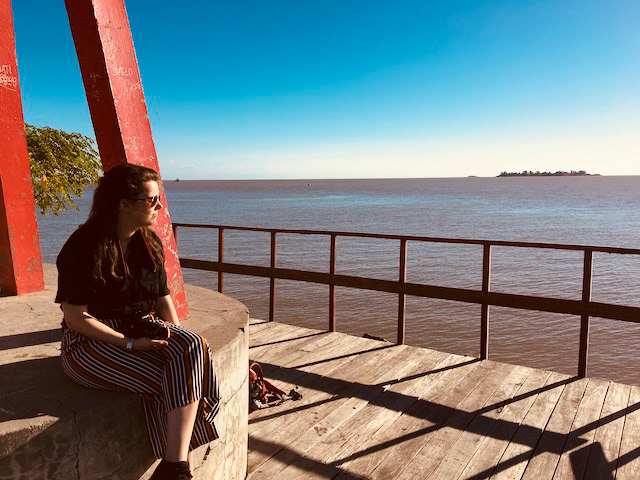

Iguaçu - Brazilian style
While we were planning our trip, we knew that Iguazu was going to be one of the highlights for us. Seeing pictures of the waterfalls and watching videos of how the water comes down and splashes up got us even more excited. We did a lot of research because we knew we wouldn’t have much time to make up our minds while already on our trip. How many days, how to get there, only the Argentinian side or also the Brazilian? Questions that we wanted answered before we left Belgium.
Iguazu is located in the North of Argentina and because Rio Iguazu acts as a natural border, the waterfalls can be visited from both Argentinean and Brazilian side. We were told by others who have visited both sides that the two sides give a completely different view of the waterfalls and that a visit is definitely worth it. Not only can you enjoy different views of the waterfall, the surroundings are also completely different.
We decided that we wanted to visit both sides and see for ourselves if taking a trip to both sides it worth the time, effort and money.
And here we went for country number three in as much days!
We took a flight, which we booked in advance, with Aerolineas Argentinas from Buenos Aires to Puerto Iguazu. From the airport we grabbed a taxi that would drive us to our hotel on the Brazilian side. Crossing the border was not difficult at all. Our taxi driver waited while we got our stamp of leaving Argentina and drove us to the other office to get our stamp of entering Brazil. Then we continued our drive to our hotel, where we arrived in the evening. It was just a basic hotel that we booked for one night near the bus stop to the waterfalls. We had our worst meal and beer in one of the only available restaurants in town, so no recommendations handed out there.
Early in the morning we took a public bus to the waterfalls. You can buy your admissions at the entrance. From the park entrance a double-decker bus brings you – and a bunch of other tourists – to the trail head. Normally we are used to putting in some effort to get rewarded with awesome views but not here. Nature shows his best side immediately when you get of that touristy bus. You get overwhelmed by a panoramic view of the waterfalls and the noise the cascading water creates.
Then you walk closer up to the waterfalls. Luckily, you’re not only surrounded by tourist, but you’re also greeted by the indigenous fauna. I couldn’t be happier to see all these fluffy creatures around. Coatis are not dangerous if not bothered. But that’s a rule for all wildlife: watch and observe from a distance. The little fellas hang around touristy places in search of food because there are still tourist feeding them while there is enough sensitization by the park to educate visitors about how to behave in the NP.
However, our visit to the Brazilian side didn’t take that long. We were prepared to go on a hike through the rain forest after enjoying the waterfalls. There are some hiking trails that you can follow on the map that you get at the park entrance but what it didn’t mention was the price or the fact that they are privately managed… Apparently, it is not possible to just go for a hike, or at least not the hike we wanted to do. The hike we had picked out was leading up to the river, where there’s an option to go kayaking. We asked the guy at trail entrance if it was possible to go without kayaking but we still would have had to pay the total price, which didn’t seem fair to us. A bit disappointed we waited for the next bus on the main road to take us to the gate of the NP where we walked to the bus stop in order to get a bus to the border. We are still happy that we took the effort of going to the Brazilian side. Mainly because of the magnificent view you get when you arrive at the waterfalls.
Maybe waiting for our bus to take us to the border, was the hardest thing we did during our trip. We waited for a very long time in the blistering heat with no shade or possible water refills. So, if you’re planning to do the same, bring lots of water!
When we finally saw our bus approaching, we couldn’t be happier.
How to cross the border by public bus
If you’re planning to go immediately from the national park back to Argentina: first take one of the public buses from the park entrance towards the town of Foz Do Iguazu. Ask the driver to drop you at the stop nearest to the border. Every once in a while, a public bus stops which brings you to the Brazilian border, where you get off and go to the emigration office. Note that private bus companies only leave from the bus terminals and don’t stop at public bus stops, even if there’re obvious totally-out-of-place white gringo’s trying to catch the driver’s attention long enough for him to stop.
At emigration office, you get your stamp of leaving Brazil and you wait for the next bus to go to the Argentinian border. Yes, it might take a while again. There the same procedure: you get off, get a new stamp and get back on the bus. You can leave your big bags on the bus, the driver will wait for everybody to return. Just make sure you have your ticket when you boarded the first bus because you will need it to board de second bus after leaving Brazil. If you loose it, you will have to purchase a new one on the second bus.
